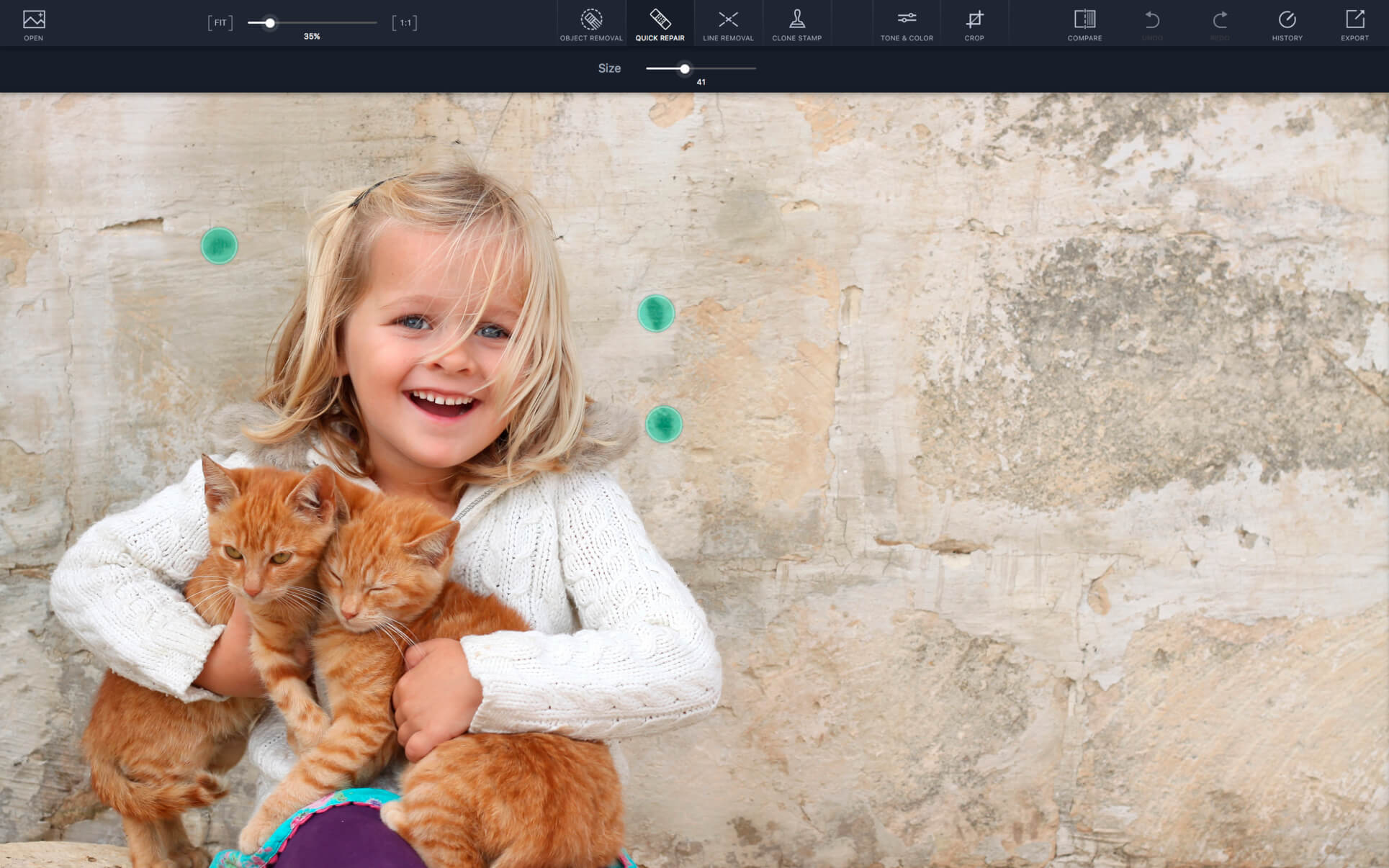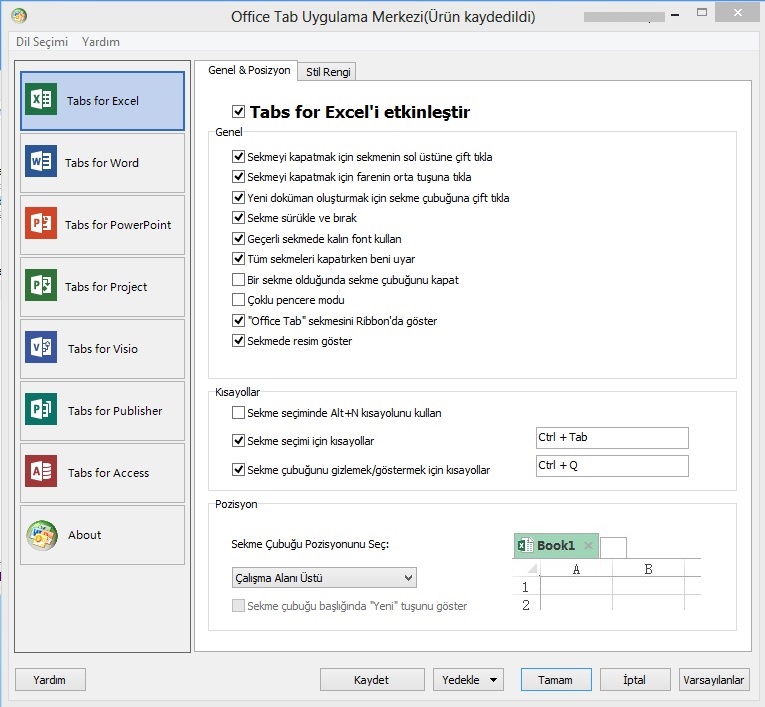

The method employs the joint interpolation of image gray-levels and isophotes directions, to fill in the missing data along the isophot lines. present a novel filling-in algorithm for image inpainting from the point of variational approach. To reduce the computation, authors present a global energy optimization model for the exemplar-based inpainting, and then solve the model on the low-resolution scale using a proposed multiscale graph cuts algorithm.įor exemplar-based methods, there are very few works to explain the performances from a mathematical point of view, but limited references, e.g. utilize multiscale graph cuts algorithm for exemplar-based image inpainting. The completion is viewed as a global optimization problem that is solved by a new proposed algorithm. in propose a framework to complete the missing information in the video. This algorithm is fast and can deal with complex scenes for the video. produce an automatic video inpainting algorithm that extends the PatchMatch method in to the spatio-temporal case. The proposed algorithm can get faster speed than CSH and PatchMatch method.

in utilize propagation-assisted KD-trees to compute nearest-neighbor fields. CSH can get quite fast speed and obtain accurate results. propose coherency sensitive hashing (CSH) that extends locality sensitivity hashing and PatchMatch introduced in to find matching patches between two images. In particular, this interactive technique has been used by Adobe photoshop.

INPAINT 6.0 KEY PATCH
The motivation of the algorithm is based on that some good patch matches can be found via random sampling, in the meanwhile, the good patch matches can be propagated to surrounding areas. present a novel image editing algorithm PatchMatch to find approximate nearest-neighbor patches from image patches. Recently, more exemplar-based methods for image/video applications are proposed. They tend to fill in the target regions by directly copying and pasting patches from source regions, thus image textures are preserved well. Although these inpainting methods perform well to the images with pure structures, they have to face a same drawback that the diffusion process will lead to some blur, especially when the target region is large.Įxemplar-based techniques are a very efficient inpainting method for large target regions. Based on the work of Bertalmio et al., Chan and Shen propose two PDE-based models, Total Variation (TV) model and Curvature Driven Diffusion (CDD) model, to deal with the non-texture image inpainting problems. It establishes a diffusion PDE so that the boundary information propagates into the target region along the isophote direction. This technique is first introduced by Bertalmio et al. PDE-based approaches are to construct the diffusion PDE according to the isophote propagation (i.e., propagating the edge information into the target region along the line with same gray values). These methods are mainly divided into two categories: partial differential equation (PDE) based approaches and exemplar-based techniques. Several approaches have been proposed for image inpainting problems recently. Ψ p is the patch that will be filled, stands for a bigger patch having the same center p with ψ p. Φ is the source region/image, Ω is the target region and ∂Ω represents the boundary between the source region and the target region. Zhao is supported by NSFC (61402082), and in part by the Fundamental Research Funds for the Central Universities (ZYGX2013J106).Ĭompeting interests: The authors have declared that no competing interests exist.įig 1. The first author is also supported by Outstanding Doctoral Students Academic Support Program of UESTC (A1098524023901001044). įunding: All authors are supported by 973 Program (2013CB329404), NSFC (61370147), the Fundamental Research Funds for the Central Universities (ZYGX2013Z005). Alternatively, the data may also be found at an author’s homepage. This is an open access article distributed under the terms of the Creative Commons Attribution License, which permits unrestricted use, distribution, and reproduction in any medium, provided the original author and source are creditedĭata Availability: All relevant data are available through Figshare. Received: DecemAccepted: OctoPublished: October 22, 2015Ĭopyright: © 2015 Deng et al.

Citation: Deng L-J, Huang T-Z, Zhao X-L (2015) Exemplar-Based Image Inpainting Using a Modified Priority Definition.


 0 kommentar(er)
0 kommentar(er)
